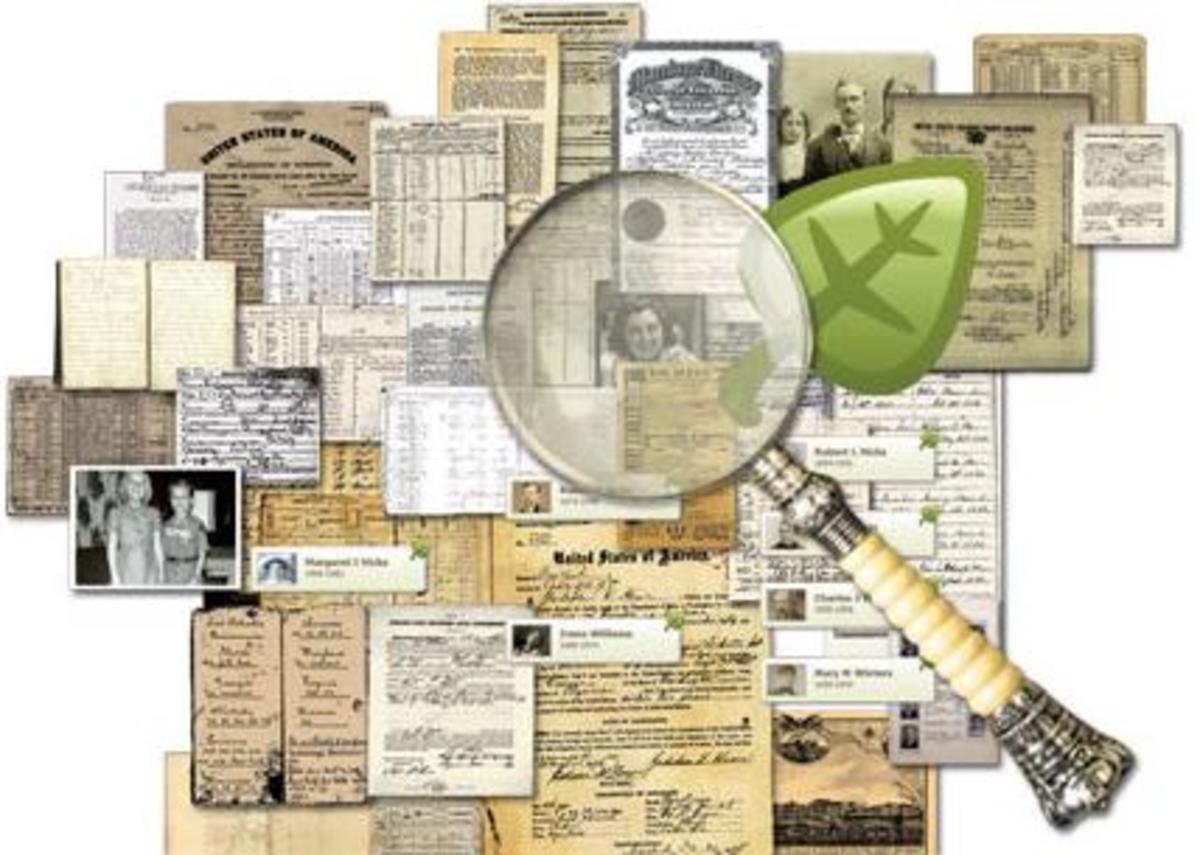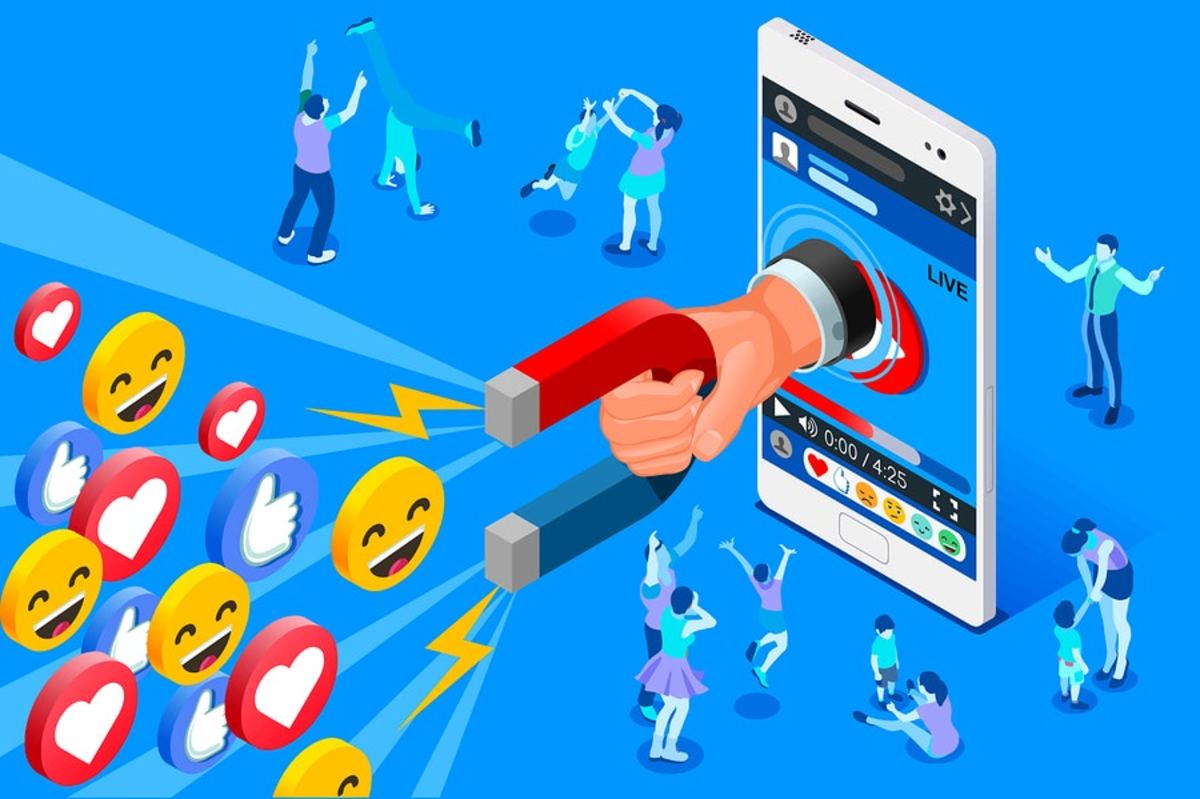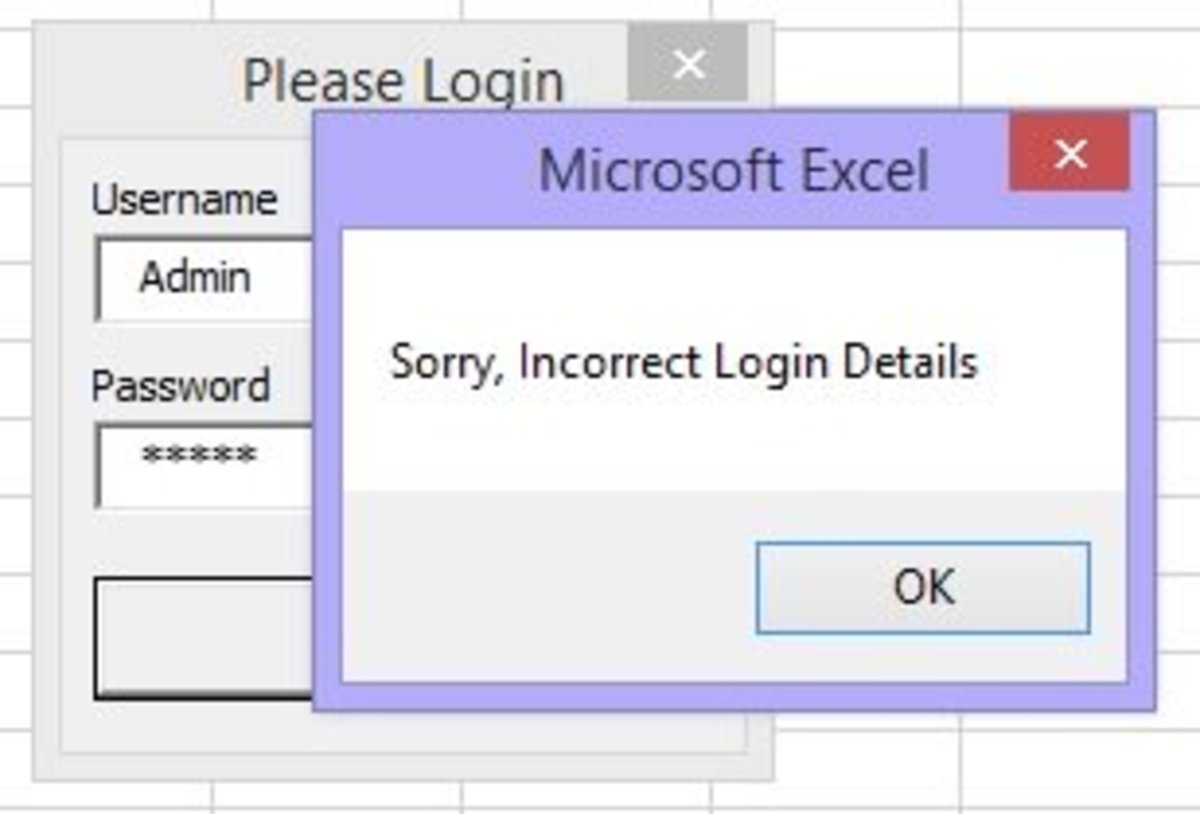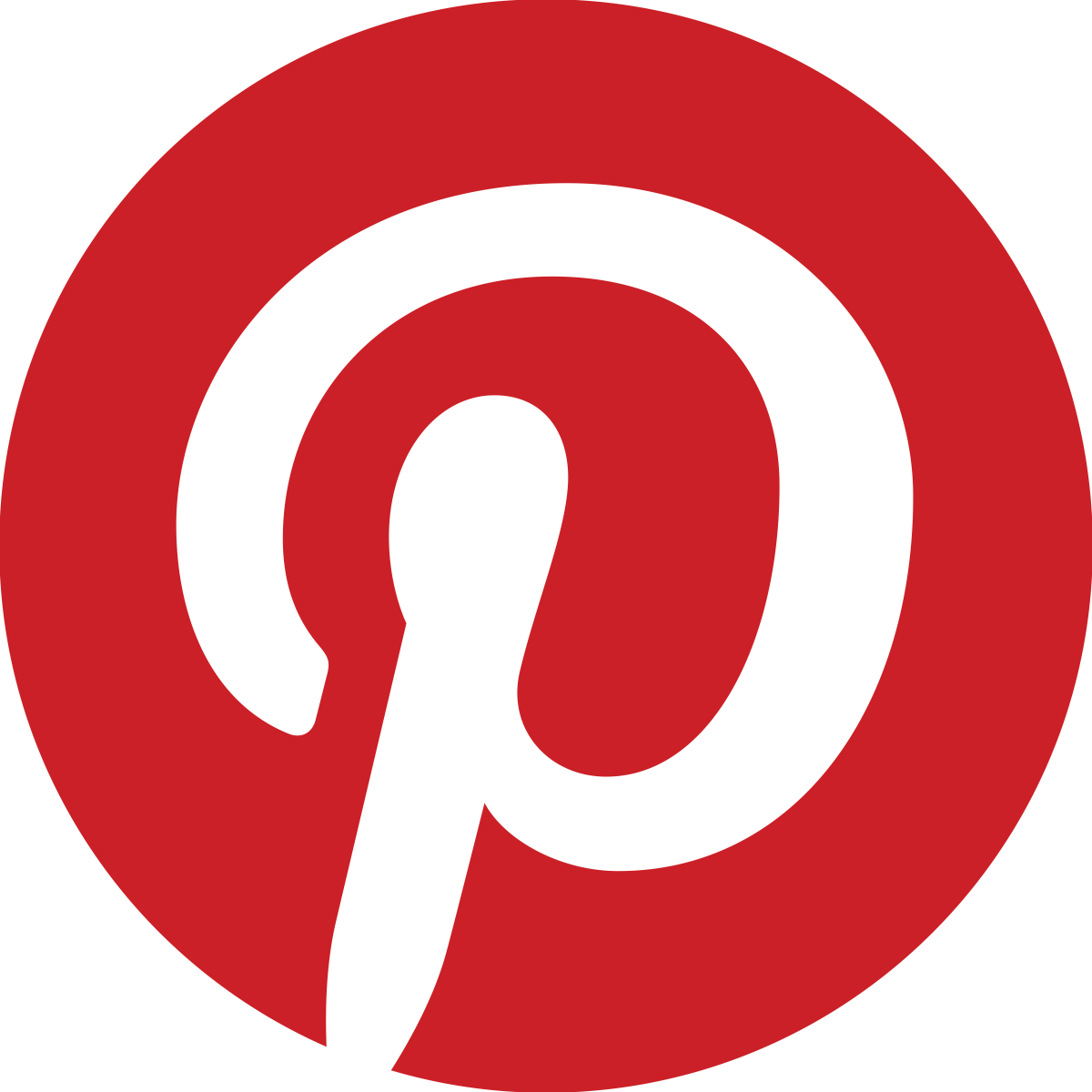Key Steps to Optimizing Social Login
Irrespective of the vertical your business operates in, it is imperative that you engage with your customers through web properties you own. Selling stuff online is not a prerequisite to having a window for your customers to login. In fact, providing customers with privileged access to resources as a means of engagement is imperative in this day and age. The world’s most admired brands do this the best and despite not transacting online at all. Privileged access is the best means of building engagement and loyalty.
But just a simple login like it is the 1995 doesn’t cut it. Literally, each time someone on the planet opens a web browser, one of the tabs is generally reserved for Facebook or Twitter. How literal was this statement? According to Facebook, it had 1.04 billion daily active users as of December 2015. With subscribers using the network at that scale, it makes sense to leverage that ubiquity through what is called Social Sign In. Ironically, the login step is the first one that puts off users and repels them from the site against attracting them further. What is beyond the login step should be and is attractive to customers. Social Login allows your customers to directly login with their existing social identities and in the process you are filling up a major pothole for them.
But the story doesn’t end there, it has only just begun. Social Login must be optimized to derive maximum benefits out of it and smoothen it further for customers. Optimizing Social Login would result in reduced bounce rates and a higher conversion. At the same time, Social Login also opens the gates to a mountain of authentic first party consumer data which is critical to providing personalized services. So how do you optimize your Social Login process? Read on.
Which networks can help you?
The first step in optimizing Social Login is selecting which social networks your website should provide ready access to for signing in. There are tens of social networks with considerable audiences worldwide but limited space means you can’t provide ready access to all of them. You have to decide where your target audience hangs out. For instance, if your business model is ecommerce selling apparel, you obviously can’t have the first link to academia.edu. If your target region is North America, you can’t provide ready Social Login access with Vkontakte because it primarily serves Russian audiences. There is no preset ordered list of social networks but it has to be chosen by you depending on your preferences. Facebook most commonly qualifies as the first option considering its vast audience base. Google+ and Twitter are next as generic options. But it really depends on the business model, target geographic region and age group of target audience.
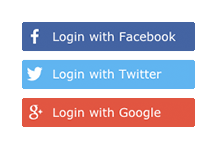
How many options do you give your customers?
This is a tricky question but the choice is between two and three depending on your website’s space and style. Most commonly, it’s three options and rest of the networks are listed on a separate page but your aim should be to not allow your customers to go to that page. They should just choose one among the three options.
Should you just chuck email registration?
Well, that would be a mistake. Yes, Social Login is a hot favourite among customers because of its ease of use but that’s still a majority. About a fifth of all users still prefer email registration to Social Login and as a business, the top of your funnel must be wide open. The best optimization is to include Social Login alongside email registration and let your customers decide how they want to sign up and sign in. Yes, Facebook has over a billion daily active users but there are still a lot of people who don’t actively use social media. You have to make space for them as well. The ease of use shouldn’t be limited to just a few people. By forcing an unwilling customer to use Social Login, you are just drastically reducing the ease of use for that customer and the small section he or she belongs to.
What should the buttons say?
Your customers aren’t going to be spending a hell lot of time looking for the login buttons. It’s your job to make the login buttons abundantly clear and the Call to Action (CTA) clear but subtle at the same time. You could say something like ‘Login with Facebook’ or ‘Login with Twitter.’ The colour though is important. Most customer recognize the CTA by its colour rather than the text on it. For instance, Google is recognized with the red colour while Facebook is recognized with dark blue. Whatever you use, subtlety and simplicity combined with ease of access and visibility is the key.
What about the page dependency?
Social Login buttons aren’t the same throughout your website. They change depending on the page they are placed. Of course, they should be on your homepage and the most frequent logins will be from your homepage. On your homepage, Social Login buttons could appear through a direct Sign in link or through a popup. Both serve the purpose well and the choice of the option finally depends on the website’s design. Login could also happen at the checkout page but, here, it is critical that you make the Social Login option abundantly visible and clear considering people abandon cart when a login page pops up. Social Login could help reduce cart abandonment rates but the reduction is inversely proportional to the simplicity of design and access.
Should you use account linking?
Account linking is really helpful if your customers use Social Login but login using different social identities each time. The benefit is you get to access multiple Social Data points from multiple accounts rather than just one. But then it has to be allowed by your customer. Account linking, however, also requires that the email address, using which different social accounts have been created by a customer, must be same throughout. Or you just have to ask your customers to voluntarily link multiple accounts so they can login with any of them at any time and still have the experience each time.
Finally, how do you access customer data?
Social Login helps in user onboarding which means that your customers won’t have to fill out forms and give their details the first time they login, which actually can be a painful process. With Social Login you can get ready access to as many as 300 social data points and basic details are all extracted immediately. But you must exercise caution in extracting all of the data points since doing that in the first step may scare off your customers. Data extraction must be gradual and slow and depending on what exactly you need. Also, each time you attempt accessing some personal data points, be sure to inform your customer the purpose of your extraction.

